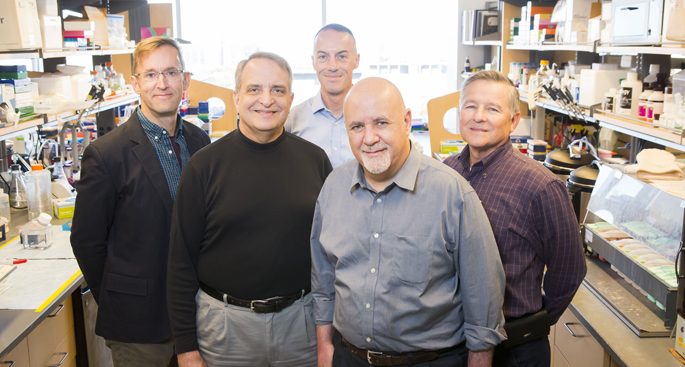
October 24, 2019
Team set to study undiagnosed congenital diarrhea in infants
Researchers at four institutions, including Vanderbilt, have been awarded a five-year, $9.4 million federal grant to tackle undiagnosed congenital diarrheas caused by a single gene mutation.
By Christina Echegaray

